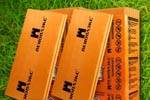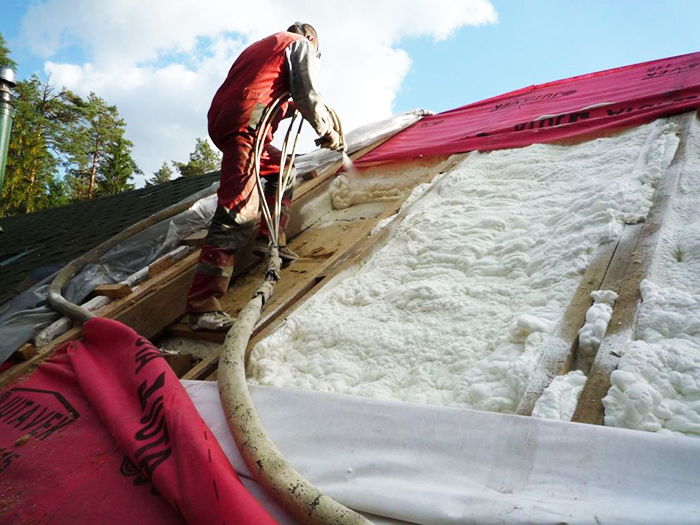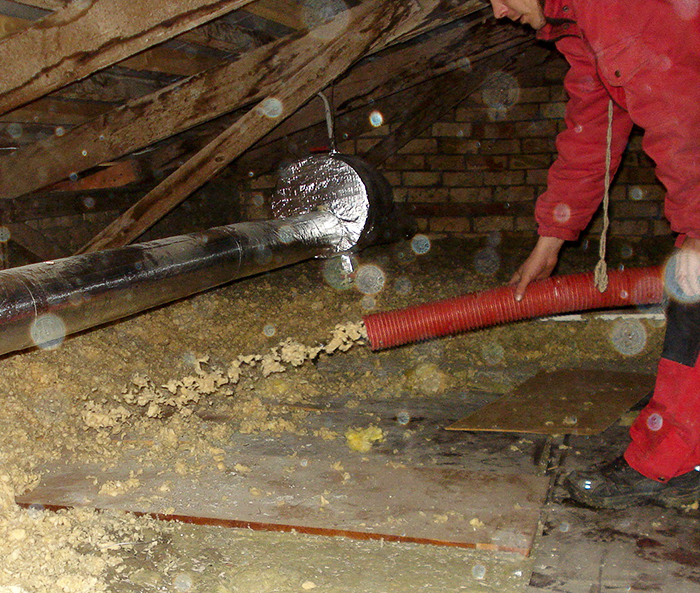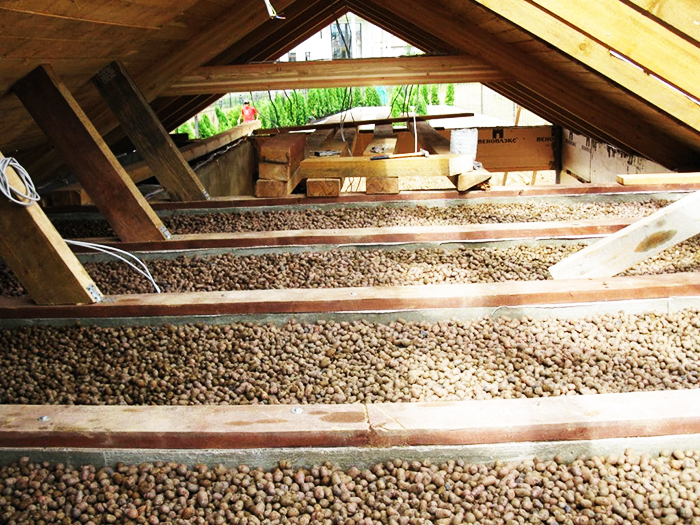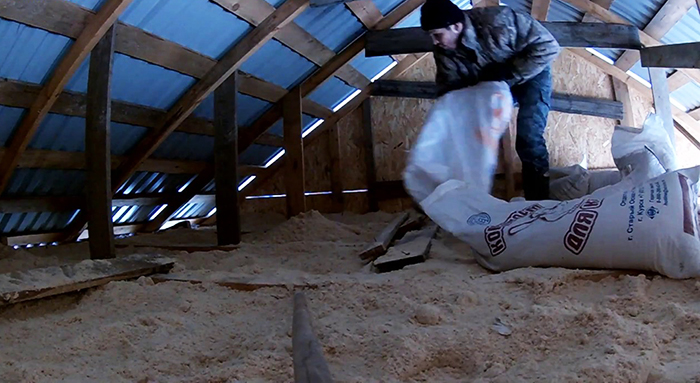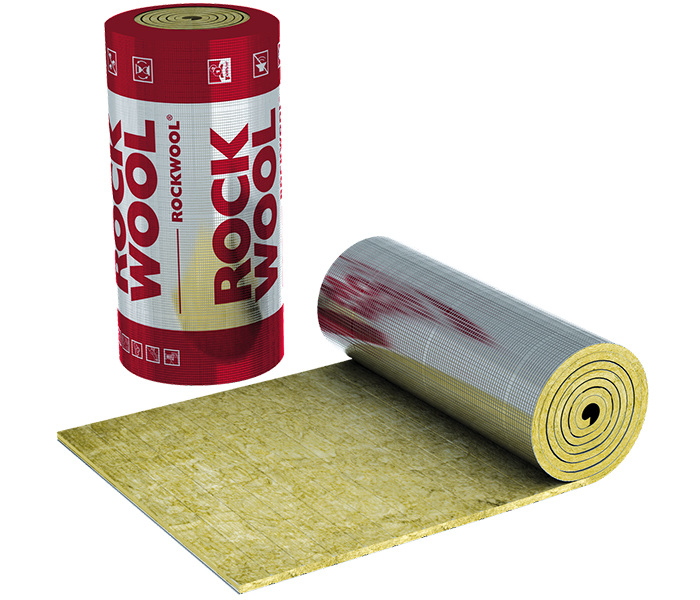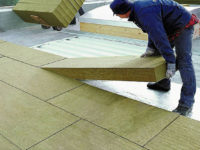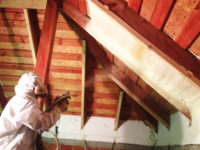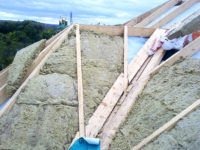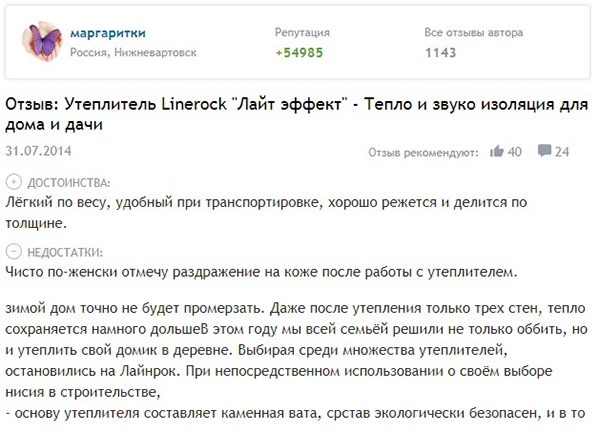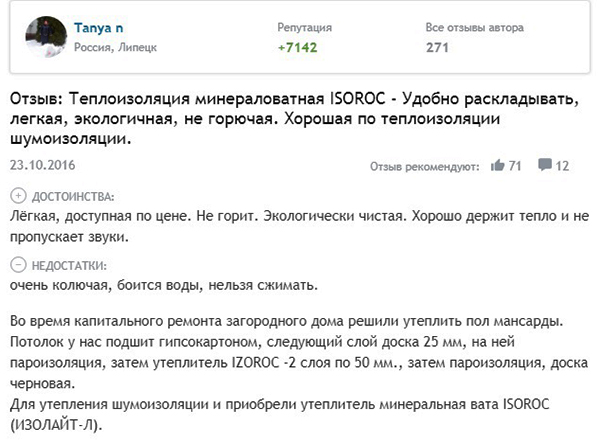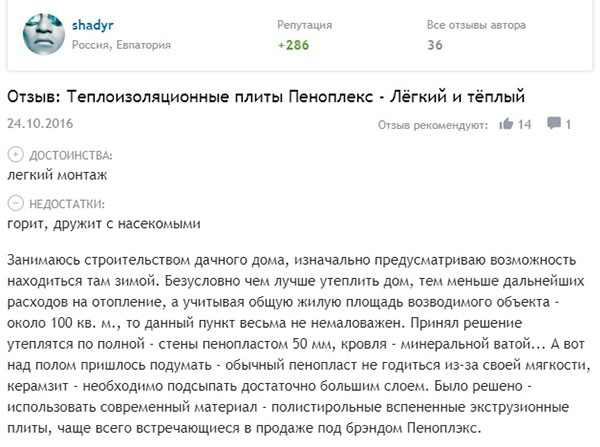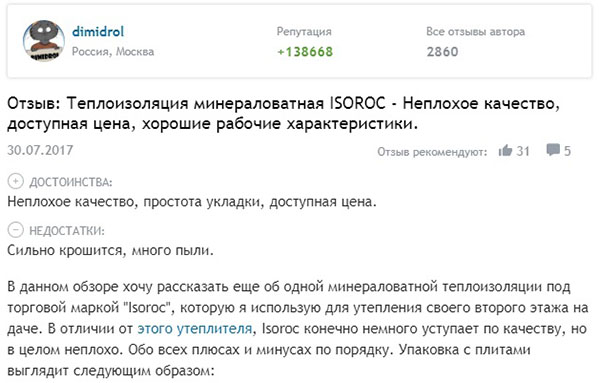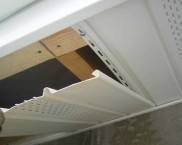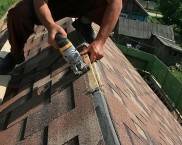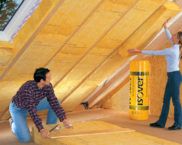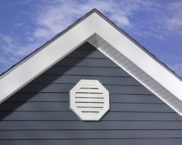Types of roof insulation - choosing the best material
The modern market for thermal insulation materials is overflowing with offers of a wide variety of insulation materials. In addition to the low coefficient of thermal conductivity, they can radically differ in their technical and operational characteristics. At the same time, the roof of a structure, depending on the design and operating conditions, makes special demands on the parameters of the used thermal insulation. This article will describe the main characteristics of common thermal insulation materials, analyze and compare them. We will tell you how to choose a roof insulation depending on the type of its construction: flat, pitched, attic, and provide information about the best manufacturers and real reviews of their products.
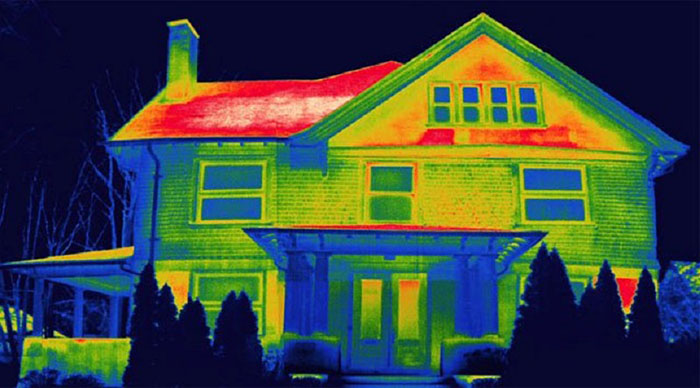
Up to 30% of all heat losses of the building occur through the roof, therefore, its thermal insulation must be given the utmost attention.
PHOTO: gerchuluuconstruction.com
The content of the article [Hide]
General requirements for thermal insulation for the roof
The selection of the optimal insulation for the roof is carried out according to a number of criteria.
Types of roof insulation
Conditionally, all heaters can be divided into natural and synthetic. Their environmental friendliness and efficiency largely depend on this parameter. In the review, we will not touch upon exotic thermal insulation made from reeds, reed or straw mats.
Glass wool
It has a fibrous structure; inorganic raw materials are used for the manufacture, also used in the production of glass. Glass wool is resistant to mold, mildew and rot. One of the few heaters in which rodents do not start. It has high heat and sound insulation parameters, combined with an affordable cost. Among the shortcomings, one can note the need to use personal protective equipment during installation, as well as the need for thorough isolation from living quarters - as a rule, a vapor barrier film is used for this. Thermal conductivity - 0.035-0.044 W / mK.
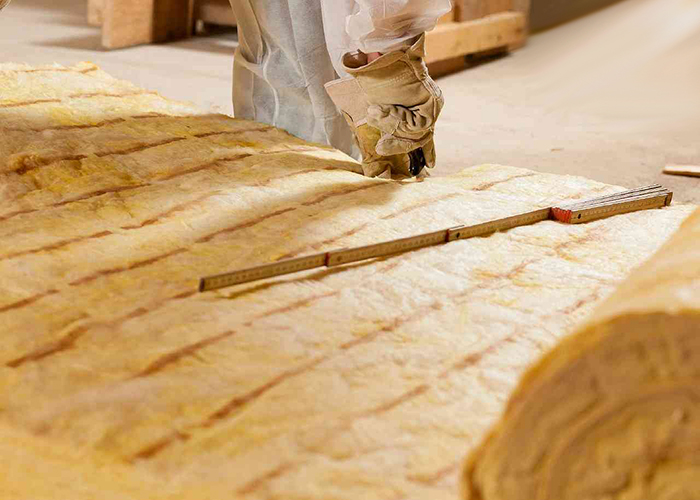
When installing glass wool, it is imperative to use personal protective equipment: tight overalls, gloves, glasses, respirator
PHOTO: lh3.googleusercontent.com
Minvata, basalt wool
Basalt (stone) wool is actually a mineral wool, but with improved manufacturing technology and better raw materials from volcanic rocks (basalt, diabase). It is more resistant to mechanical stress. The material is more durable than glass wool. It is produced both in rolls and in slabs. The recommended density for insulating unloaded roof structures varies from 30 kg / m³ to 40 kg / m³. For loaded but unused flat roofs, it is better to use denser grades of 45-60 kg / m³. With appropriate reinforcement and waterproofing, they can withstand technical movements and standard snow loads. Thermal conductivity - 0.032-0.048 W / m K
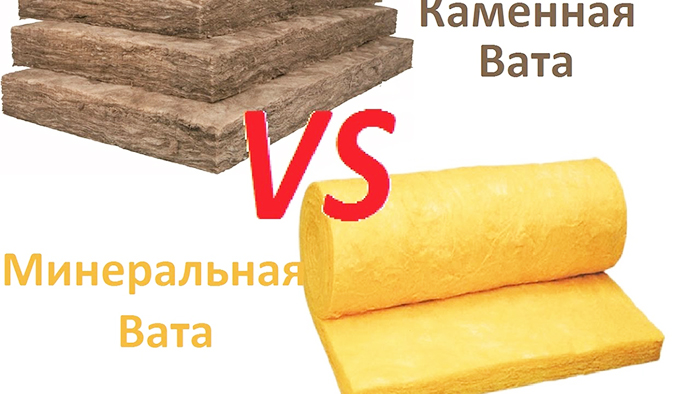
Mineral and basalt wool for a layman is visually difficult to distinguish from each other. When purchasing, require a certificate of conformity
PHOTO: i.ytimg.com
Ecowool
The material consists of specially treated cellulose, as a rule, this is recycled paper, an adhesive mixture with antiseptic and flame retardants in a ratio of 81% to 19%. Externally, the insulation is a loose mass of dry flakes. Manufacturers position the material as a universal, and most importantly, environmentally friendly means for insulating all building structures at home.
It is used for insulating attics and backfilling attic floors - horizontal unloaded surfaces (between logs), operated attics. Blowing technology is used to insulate roof structures. With the help of special equipment, ecowool is blown into the space, between the rafters or logs.

Styrofoam
Two types of foam can be used to insulate attic structures and roofs:
- For pitched - ordinary expanded polystyrene PPS-25 ... PPS-35;
- For flat - extruded foam (penoplex), with a density from 32 kg / m³ to 45 kg / m³.
The thermal conductivity of the entire class of insulation based on expanded polystyrene is 0.38-0.41 W / mK. The advantages of this material include:

It is usually used for insulating roof structures in surface-mounted technologies, when all layers of the roofing cake are mounted outside the building.
PHOTO: teplo.guru
Disadvantages of expanded polystyrene and insulation based on it:
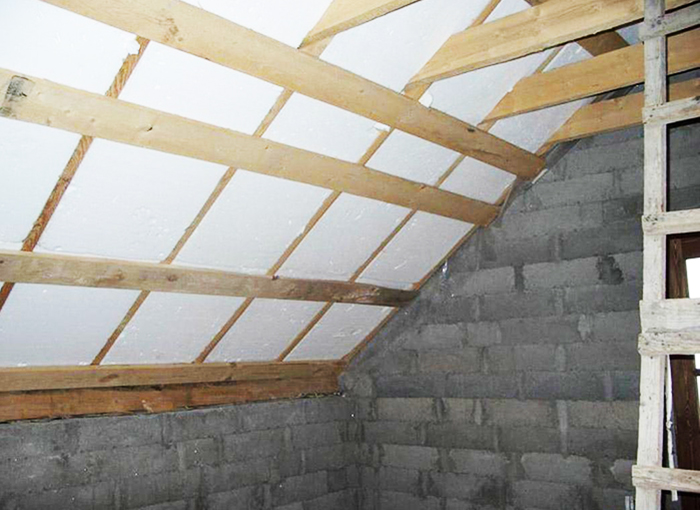
When using foam as insulation, there is no need for additional vapor barrier
PHOTO: utepleniedoma.com
Related article:
Penofol, penotherm
This heat-insulating material is a composite based on low-pressure polyethylene foam and one (penofol) or two (penotherm) foil layers. The thermal conductivity of such heaters, in comparison with thick-layer materials, is not so high and amounts to 0.049 - 0.053 W / m · K. However, the effect of insulation in attic rooms appears due to the reflection of infrared radiation into the room. For this, the insulation is mounted with the reflective side to the living space. And between it and the inner surface of the rough coating, a technological gap of 3-5 cm is formed.
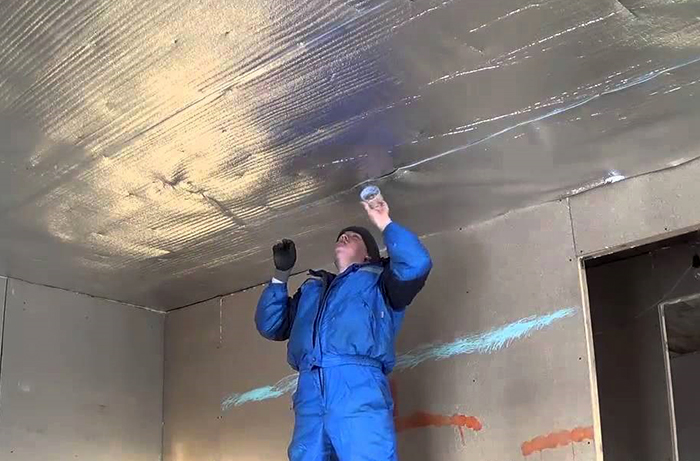
When laying penofol or penotherm, all joints between the canvases are sealed with a special metallized tape
PHOTO: i.ytimg.com
Polyurethane foam
The use of polyurethane foam as a heater for attic and roof structures involves the use of a spraying method.Thanks to this method, a seamless layer is created that does not require compaction, sealing of cracks and cross-laying of plates. Has the following parameters:
For spraying polyurethane foam, it is necessary to have special expensive equipment, thanks to which the insulation of roof structures is carried out in a few hours. In addition, the cost of the insulation itself is much higher than that of conventional foam.
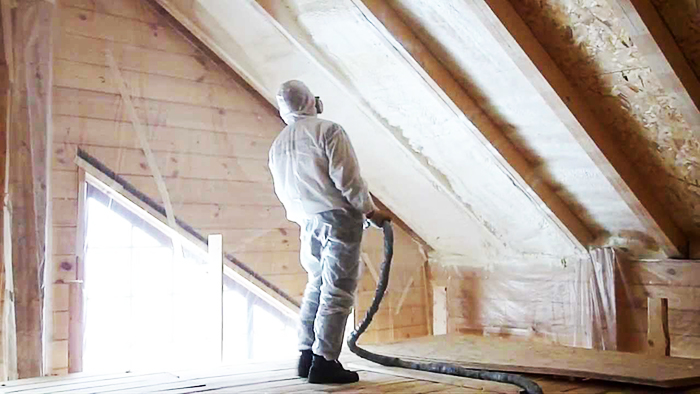
Spraying can be carried out on the base of the roof without additional waterproofing and wind insulation
PHOTO: i.ytimg.com
Expanded clay
Environmentally friendly heat-insulating materials are small balls of fired clay. Has an extremely low moisture absorption, non-flammable, vapor permeable. The coefficient of thermal conductivity of expanded clay, depending on the fraction, is 0.1 - 0.18 W / m · K, with a density of 250 to 800 kg / m³. As can be seen from these indicators, expanded clay has rather mediocre thermal insulation parameters. Therefore, to obtain the desired effect of insulation, it must be used with a thicker layer. Typically used as a filler for cement screeds on horizontal roof surfaces.
Sawdust
By its effect, as well as by the composition of thermal insulation, roof insulation with sawdust almost completely repeats ecowool. However, if ecowool is treated with boron to obtain resistance to decay and combustion, then it is not recommended to process sawdust. In this regard, such a heater requires particularly careful hydro and vapor barrier. Sawdust is susceptible to rotting and fungal attack, so the attic must be well ventilated.
As a rule, sawdust is laid on horizontal surfaces in a structure between logs or on pitched roofs with a small angle of rise. At the same time, the shrinkage factor of the material is minimal. Another undoubted advantage is the availability of insulation. As a rule, it is used by those who produce them as a result of various woodworking processes.
Comparison of the main technical and operational characteristics
To facilitate the selection process, all the main parameters of thermal insulation materials that can be used for roof insulation are summarized in one table:
Table 1. Main parameters of thermal insulation materials
| Options | Glass wool | Mineral / basalt wool | Ecowool | Penofol / penotherm |
|---|---|---|---|---|
| Thermal conductivity, W / mK | 0,035-0,044 | 0,032-0,048 | 0.032-0.041 | 0,049-0,053 |
| Moisture absorption | Average | Average | Average | No |
| Flammability | No | No | Weak | High |
| Density, kg / m³ | 35-50 | 25-60 | 35-75 | 35-40 |
| Water vapor permeability, mg / (m h Pa | 0,50-0,54 | 0,32-0,37 | 0,30-0,67 | No |
| Shrinkage | Weak | Weak | Average | No |
| Sustainability | Low | Average | Average | Low |
| Ease of installation | Simply | Simply | Special equipment | Average |
Continuation of table 1.
| Options | Polystyrene foam / extruded foam | Polyurethane foam | Expanded clay | Sawdust |
|---|---|---|---|---|
| Thermal conductivity, W / mK | 0,38-0,41 | 0,029-0,041 | 0,1-0,18 | 0,065-0,095 |
| Moisture absorption | No | No | Very low | High |
| Flammability | High | Weak | No | High |
| Density, kg / m³ | 25-65 | 70-75 | 250-600 | 120-200 |
| Water vapor permeability, mg / (m h Pa | No | No | 0,23-0,26 | 0,26 |
| Shrinkage | No | No | No | Weak |
| Sustainability | Low | Low | High | High |
| Ease of installation | Average | Special equipment | Embankment | Embankment |
Leading manufacturers

Knauf's product range includes mineral wool and basalt wool used for thermal and acoustic insulation
PHOTO: fb.ru
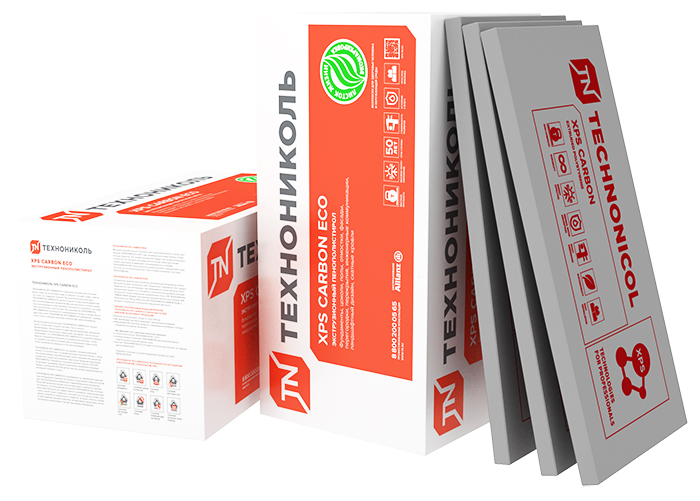
The assortment of products of the Technonikol company includes both mineral wool and insulation based on expanded polystyrene
PHOTO: tn.ru
Choosing the type of insulation for the roof
The priority in the requirements for insulation is set by the customer himself or the contractor company based on the following data:
The photo below shows the types of thermal insulation materials for pitched and flat roofs.
- PHOTO: i.ytimg.com
- PHOTO: welltonpro.com.ua
- PHOTO: i.ytimg.com
- PHOTO: penopoliuretan.in.ua
- PHOTO: plusteplo.ru
- PHOTO: teplo.guru
Consumer reviews
Summing up
Experienced builders recommend using slab and roll thermal insulation based on basalt wool for roof insulation. Subject to the observance of the technology of hydro and vapor barrier, it is able to serve for at least 30 years without reducing its basic performance. The use of foam increases the level of fire hazard of the structure. And the so-called "ecological" heaters are unreasonably expensive and not very effective.
If you liked the article, you learned useful information from it, share your opinion with us and recommend our site to your friends.
Video: which insulation for the roof to choose





